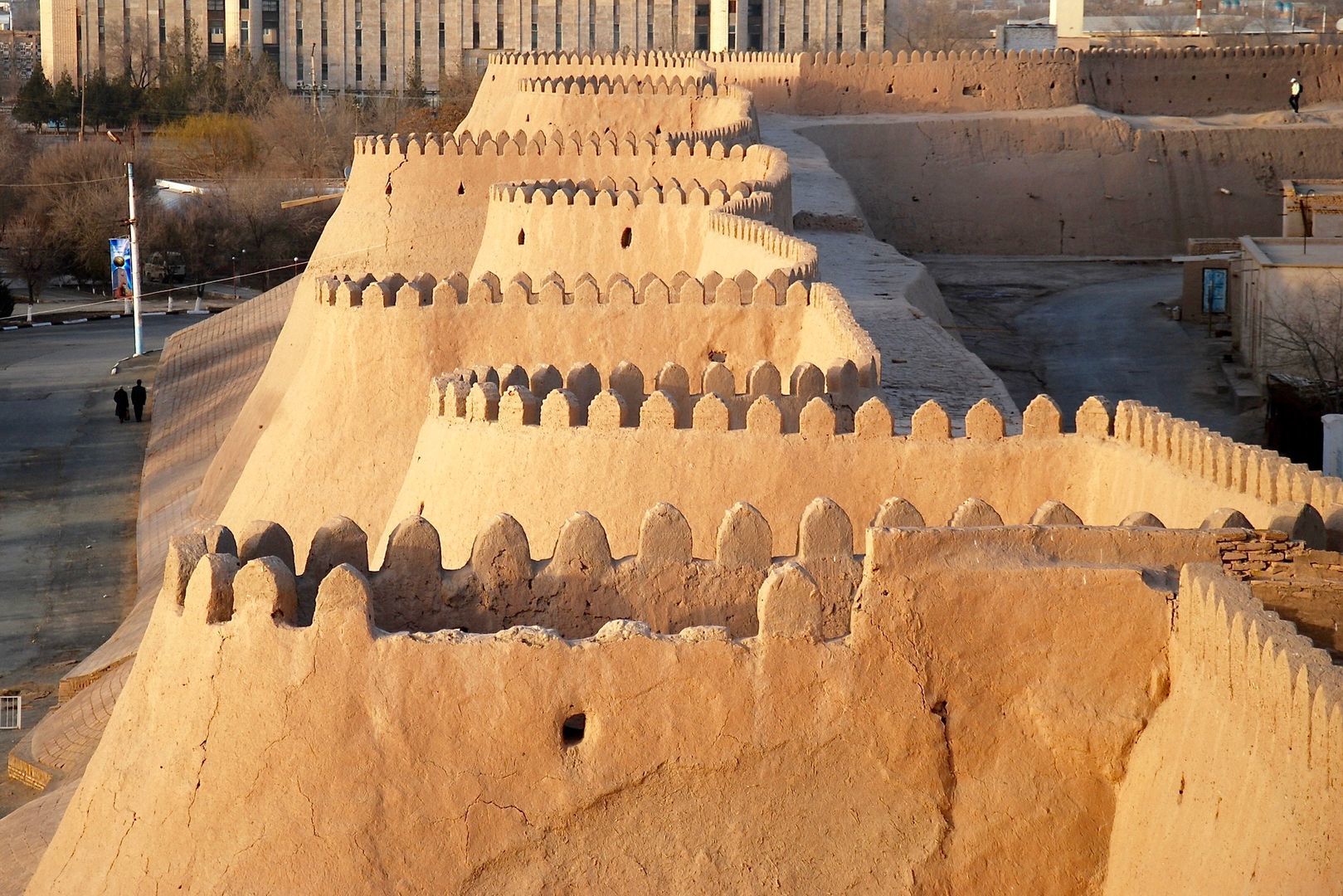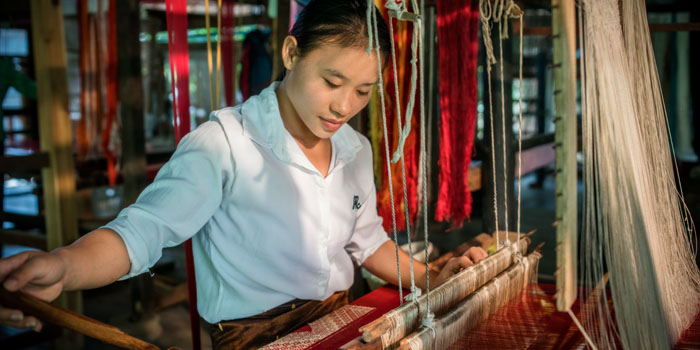Uzbekistan, often overlooked on travel itineraries, is home to some of the most stunning cultural heritage sites along the ancient Silk Road. Cities like Samarkand, Bukhara, and Khiva are architectural time capsules, where majestic turquoise domes, intricately tiled madrasas, and grand caravanserais tell stories of trade, religion, and empire. Walking through Registan Square or the Ark Fortress feels less like sightseeing and more like stepping into a living museum of Islamic art and Central Asian history.
Cultural historians, UNESCO preservation experts, and Silk Road scholars—under Google’s E-E-A-T standards (Experience, Expertise, Authoritativeness, Trustworthiness)—consider Uzbekistan a cornerstone of world heritage. The region once connected merchants from China, Persia, and Europe, fostering a rich blend of traditions that can still be seen in local crafts, cuisine, and community life. Restoration efforts and increased accessibility have made it easier than ever to experience the grandeur of Timurid architecture up close.
For cultural travelers, Uzbekistan offers more than visual splendor—it offers context. Each tile pattern, minaret shadow, or local folktale is a portal to civilizations that shaped global history. It’s a destination where every corner rewards the curious mind with meaning.




